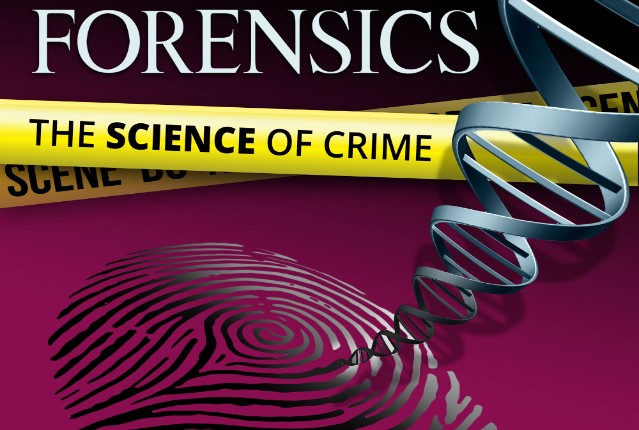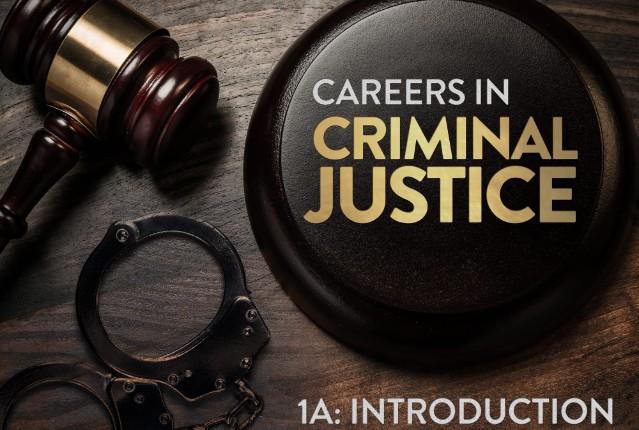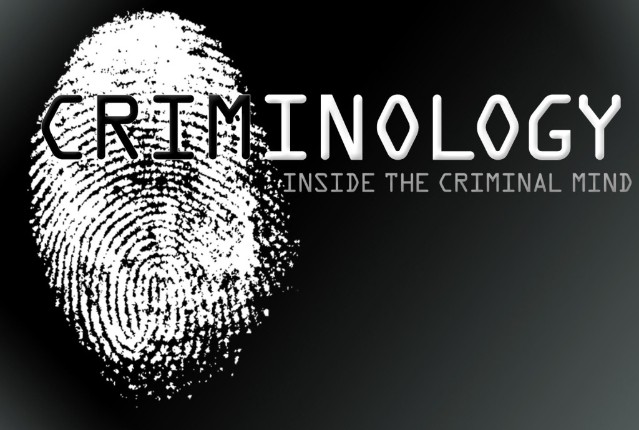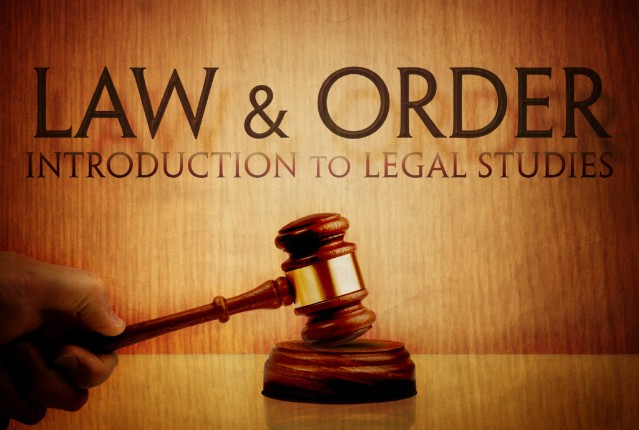
Forensics: The Science of Crime
Fingerprints. Blood spatter. DNA analysis. Law enforcement is increasingly making use of the techniques and knowledge from the sciences to better understand the crimes that are committed and to catch those individuals responsible for the crimes. Explore techniques and practices used by forensic scientists during a crime scene investigation (CSI). Starting with how clues and data are recorded and preserved, you’ll follow evidence trails until the CSI goes to trial in the criminal justice system, examining how various elements of the crime scene are analyzed and processed.
Review course outlineAccess for a year
USD 299.00*
* Choose more courses to get a discount



